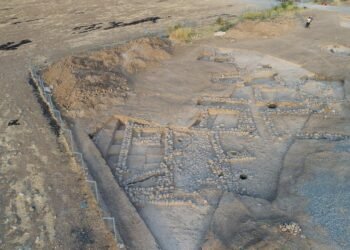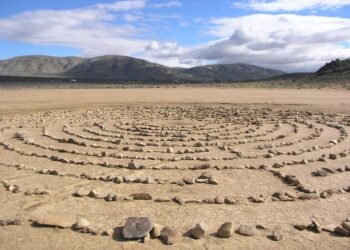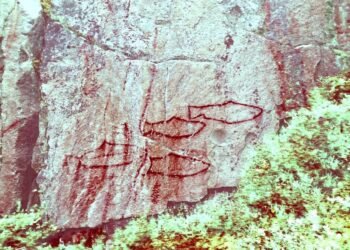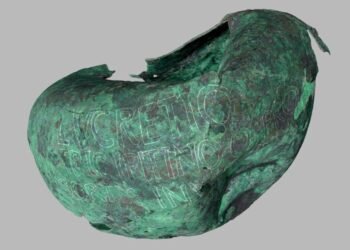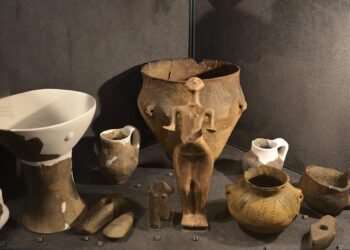A comprehensive re-evaluation of an ancient bronze lamp discovered near the town of Cortona, Italy, suggests it was a cult object associated with the mystery cult of Dionysus.
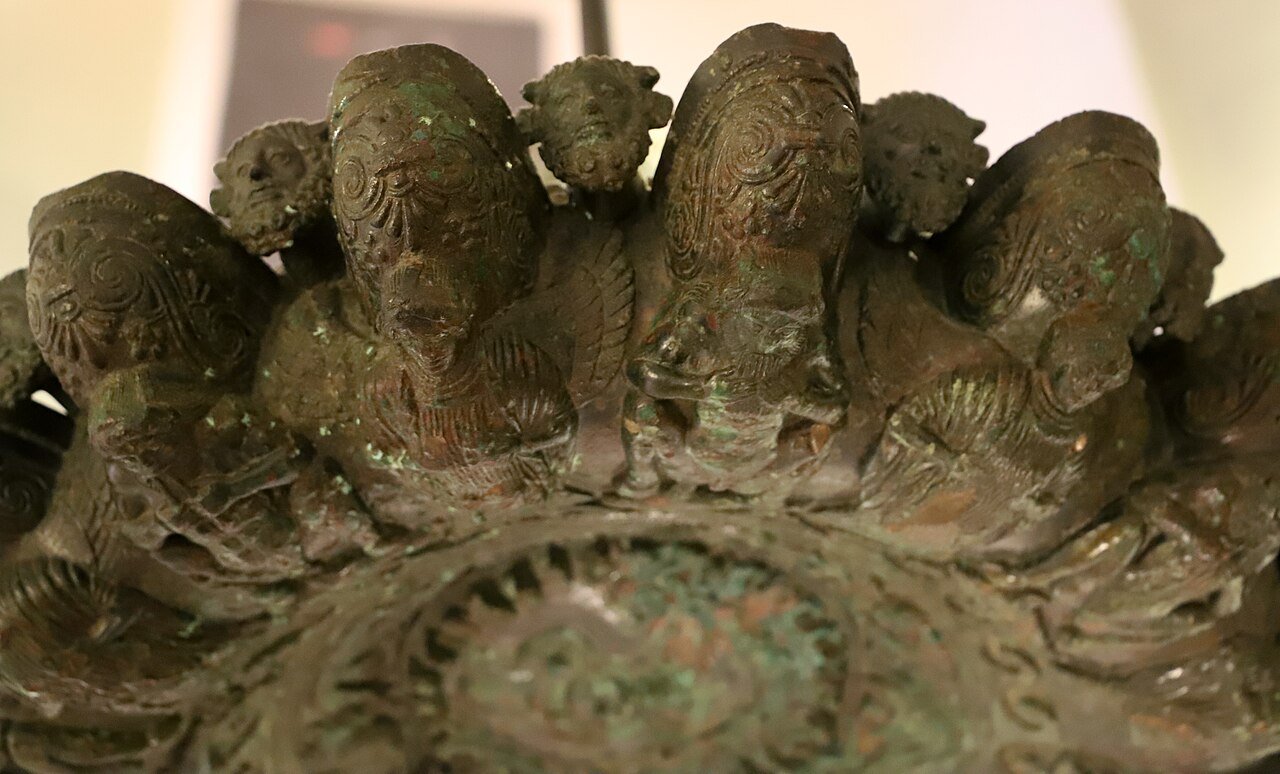
The lamp, unearthed in a ditch in 1840, has been a subject of academic debate for decades, with its intricate iconography defying a conclusive explanation until now.
Measuring 60cm across and weighing nearly 60kg, the lamp is a remarkable artifact from the Etruscan civilization of Archaic Etruria, dating back to around 480 BCE. For years, scholars have grappled with its symbolism, particularly the 16 bull-shaped figures adorning it.
Previous interpretations identifying these figures as representations of the Greek river god Acheloos have been challenged in light of new evidence presented in a study published in De Gruyter’s Etruscan and Italic Studies.

Ronak Alburz, a PhD student, and Associate Professor Gijs Willem Tol from the University of Melbourne, Australia, led the re-evaluation, drawing upon literary sources and additional iconographic evidence. Their analysis reveals that the lamp likely depicts the Dionysian thiasus, the ecstatic retinue of Dionysus, rather than Acheloos. Dionysus, the Greek god of wine and pleasure, often portrayed with bull features, is considered the central figure of the lamp’s iconography.
Alburz remarked, “The lamp was probably an object associated with the mystery cult of Dionysus. Its decoration represents the Dionysian thiasus, perhaps engaged in a cultic performance in the cosmos of the mysteries in celebration of Dionysus.”
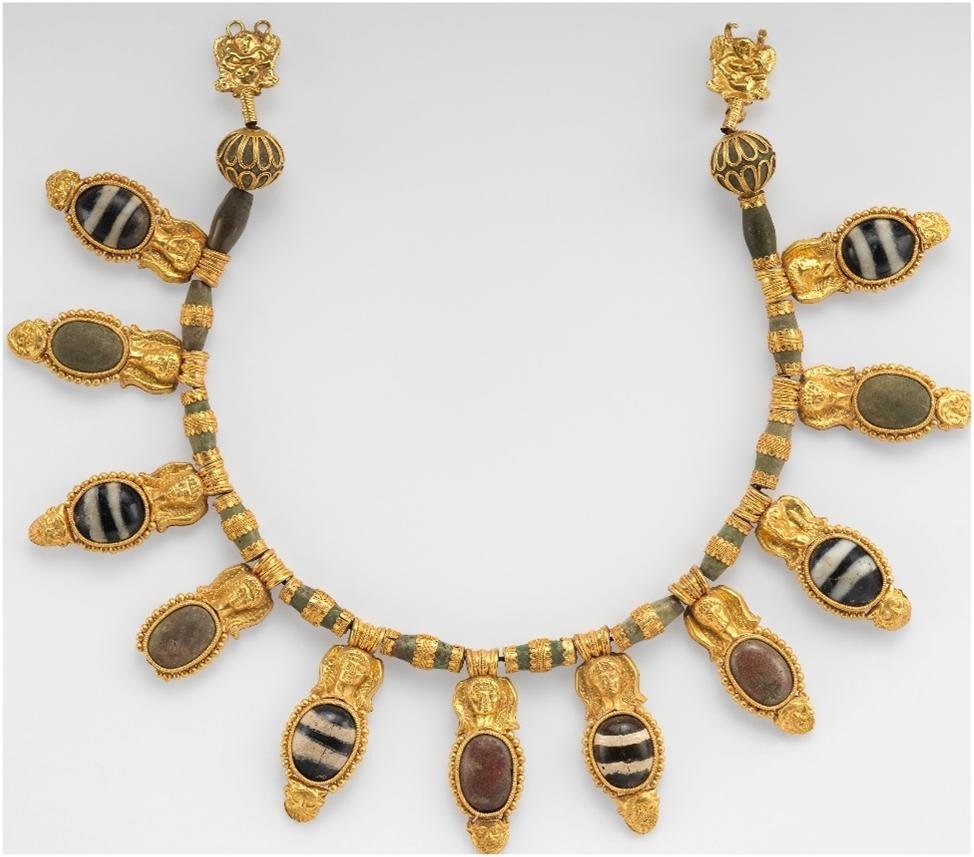
One of the challenges in interpreting the lamp has been the absence of comparable objects in Etruscan or Ancient Greek art, limiting scholars’ ability to draw \comparisons. Additionally, the lamp’s discovery without context, accompanied only by an inscribed bronze plaque, further complicated efforts to understand its original purpose.
The recent re-evaluation proposes a coherent narrative for the lamp’s iconography. The inclusion of sileni, dolphins, and other motifs suggests their involvement in symposium and komos/dithyrambic performances, reinforcing the lamp’s association with Dionysus and his revelrous retinue.
Furthermore, the lamp’s cosmic symbolism, previously noted but not fully understood, is now interpreted as a representation of the cosmos of the mysteries, with Dionysus portrayed as the sun god in each of the sixteen divisions of the Etruscan sky.
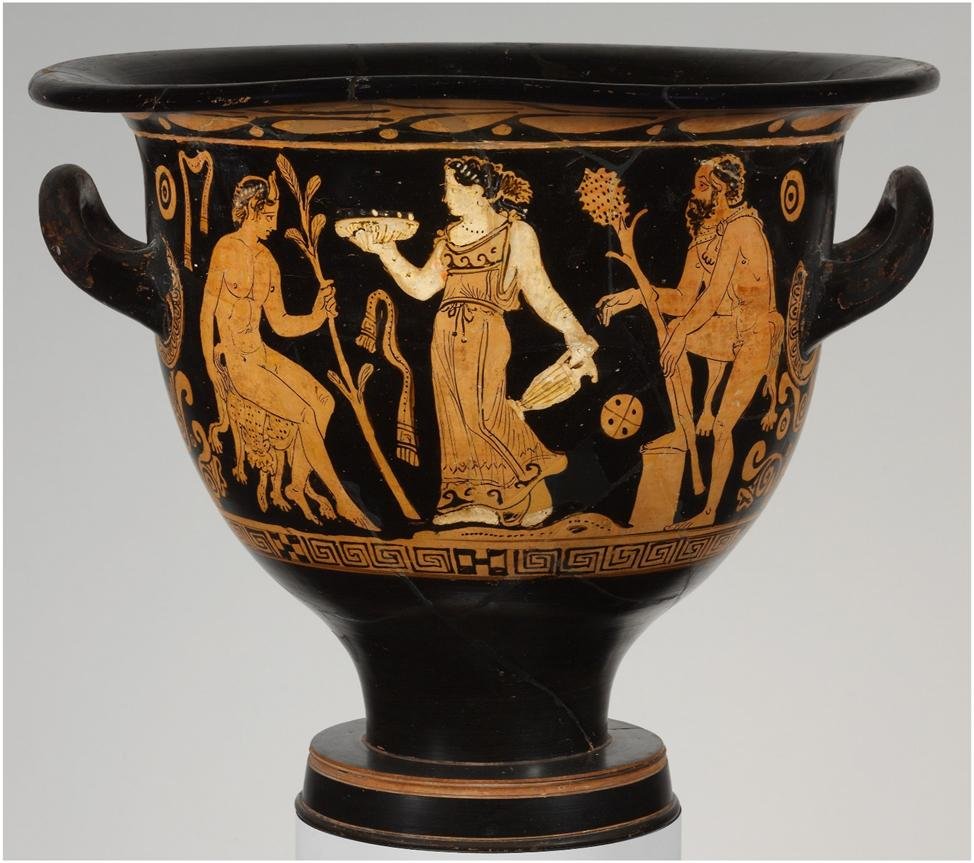
The study also challenges the notion of “Dionysism without Dionysus” in Archaic Etruria, suggesting that previous misidentifications of Dionysian elements in Etruscan art may have obscured the presence of the god himself. By reinterpreting the lamp’s iconography in the context of Dionysian worship, the researchers have offered a more cohesive understanding of its symbolic significance.
Furthermore, the study raises intriguing possibilities regarding the lamp’s original use, proposing that it may have been employed within a temple or sanctuary associated with Dionysus. While the lamp’s exact function remains uncertain, its role in religious rituals or within the tomb of an affluent initiate cannot be discounted.



